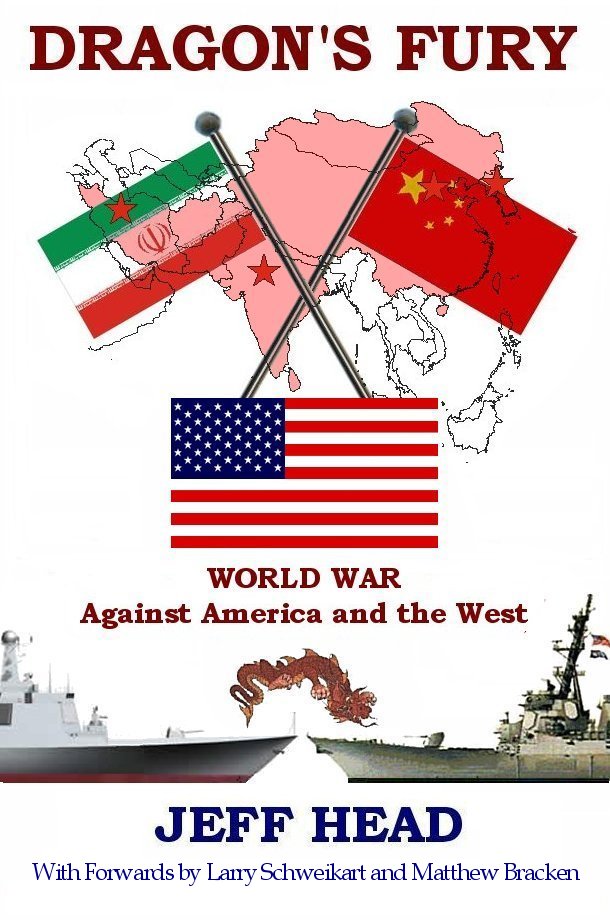
|
   |
|
| SPECIFICATIONS | PHOTOGRAPHS (Click on the pictures for an enlarged photo) |

Last Updated: November 13, 2014
Designation: LHD HMAS Canberra LHD 02
Current Status: Canberra has a pennant number of LHD-02 even though she was the first built, launched, and commissioned. This is because the earlier RAN Oliver Class Perry frigate that carried the same name had a pennant number of "02," as well, and therefore the Canberra was given the same pennant number. The second vessel, the Adelaide, LHD-01, had her hull launched in Spain in July 2012 and was then transferred to Australia. Australia builds the entire island/bridge of the vessels and otufits them. Adelaide is anticipated to be launched in early 2015 for delivery to the Royal Australian Navy (RAN) in 2016.
History: On November 23, 2007, Tenix awarded Saab a AUD105 million contract for the development and procurement of 9LV Combat Management System and the naval surveillance radar, Sea Giraffe, to be installed on LHD ships. First steel cut for the Canberra, LHD-02), occurred on 22 September 2008, with the keel laying occurring on September 23, 2009. Her hull was launched February 17, 2011 in Spain and transferred to Australia for the bridge/island to be added and for outfitting. As stated, she has been christend and completed sea trials and delivery of the Canberra to the Royal Australian Navy (RAN) is expected in November 2014. The first ships to bear these names were British-pattern cruisers which gave service in World War II, HMAS Canberra (I) being lost in the Battle of Savo Island, whilst HMAS Adelaide (I) sank the German blockade-runner Ramses and assisted in the overthrow of the Vichy Government of Noumea. The second generation were US-built Oliver Hazard Perry class guided missile frigates which served from the early 1980s into the 21st Century.
Ship Features: The Canberra Class ship will feature gas turbine based propulsion, an inclined well dock to support watercrafts and landing craft operations in Sea State 4; a large and hardened flight deck with ski jump enabling operations of medium- and heavy-weight helicopters as well as operations of unmanned aerial vehicles and potential VSTOL aircraft in Sea State 5; the facilities to accommodate aircraft, containers, armored vehicles and other military equipment for the 1,125 embarked troops. The project will replace the Heavy Lift Ship "HMAS Tobruk" and one of the older Amphibious Landing Ships, either HMAS Manoora or HMAS Kanimbla with two large amphibious ships in 2014 and 2015. < The Canberra Class ships are not just for the defence of Australia and its national interests; they will also be used for large scale humanitarian assistance during natural disasters. Each ship will be able to provide three times the assistance of which HMAS Kanimbla was capable of providing in the wake of the 2004 Boxing Day tsunami. The total amphibious capability of each vessel will be to land a combined arms battlegroup of more than 1000 personnel, providing landing force, helicopter operations, logistics, command and intelligence as well as other supporting units including:
A contract was signed between the Commonwealth (DMO) and the Australian shipbuilder Tenix Defence (now BAE Systems Australia Defence) on October 9, 2007. The Spanish designer and builder Navantia is sub-contracted to construct and fit out the hulls at Ferrol and Fene shipyard (Spain) and transport them to the BAE Systems Australia Defence Williamstown dockyard, Victoria. BAE Systems Australia Defence will construct and fit out the superstructures at Williamstown and integrate them with the hulls. It has subcontracted SAAB Systems Australia to develop the combat system that will have baseline commonality the the ANZAC class ships. The combat system will be responsible for ship situational awareness, planning and execution for self-defence and also responsible for enabling, controlling and monitoring many of the functional capabilities specific to the characteristics of an amphibious ship. Internal and external communications systems will be supplied by L3 Communications and will be responsible for enabling a large part of the embarked forces capability and a range of air traffic control and watercraft control capabilities. These vessels, which will be home ported in Sydney, will provide a significant increase in the Australian Defence Force's amphibious capability and be the largest warships the Navy has ever had, displacing approximately 6000 tonnes more than the former aircraft carrier, HMAS Melbourne. While the tender released for the Canberra class did not specify that the ships needed to be capable of operating STOVL fixed wing aircraft, it has been proposed that such a capacity be included in the final design. In 2004 a review by the Australian Parliament's Joint Committee on Foreign Affairs, Defence and Trade recommended that the Australian government should consider purchasing a small number of F-35B Joint Strike Fighters from the United States for the Fleet Air Arm to operate from the Canberra class ships. In March 2008 the RAN was reported to have requested that the government purchase a third Canberra class ship and STOVL aircraft, although it is unlikely that the current government will approve this request. The recommendation was made on the grounds that STOVL aircraft would provide deployed Australian forces with air defence and close air support.
F-35B Jouint Strike fighter Possibility: However, the vessels retain their ski-jump and the possibility of corss decking wither allied HArrier jump-jets, or the new F-35B Strike foighters that the US Navy and Royal Navy will be operating was always held out as a possibility. However, in 2014, the Australian government announced a study to look at the F-35B and an Australian purchase of such aircraft for the Canberras. Australia already p[lans to purchase F-35A Air Force variants of the aircraft. Despite a reduction in range and payload for the STOVL F-35B compared to CTOL F-35A (and C) aircraft, the veertcial take-off and landing "B" vsariant is inherently flexible in terms of operation, and can provide organic close air support right at the edge of the Battle Area, which land based aircraft cannot do. A possible order of F-35Bs for the Canberra class could now form part of the planned order of up to 100 F-35s for the Royal Australian Air Force. As stated, these ships have a ski-jump included as part of the basic design, and are designed to operate and sustain a mixed jet and helicopter carrier air group of up to 36 aircraft. Some type of decision is expected in the 2015 time frame.
|
Canberra Operational pictures 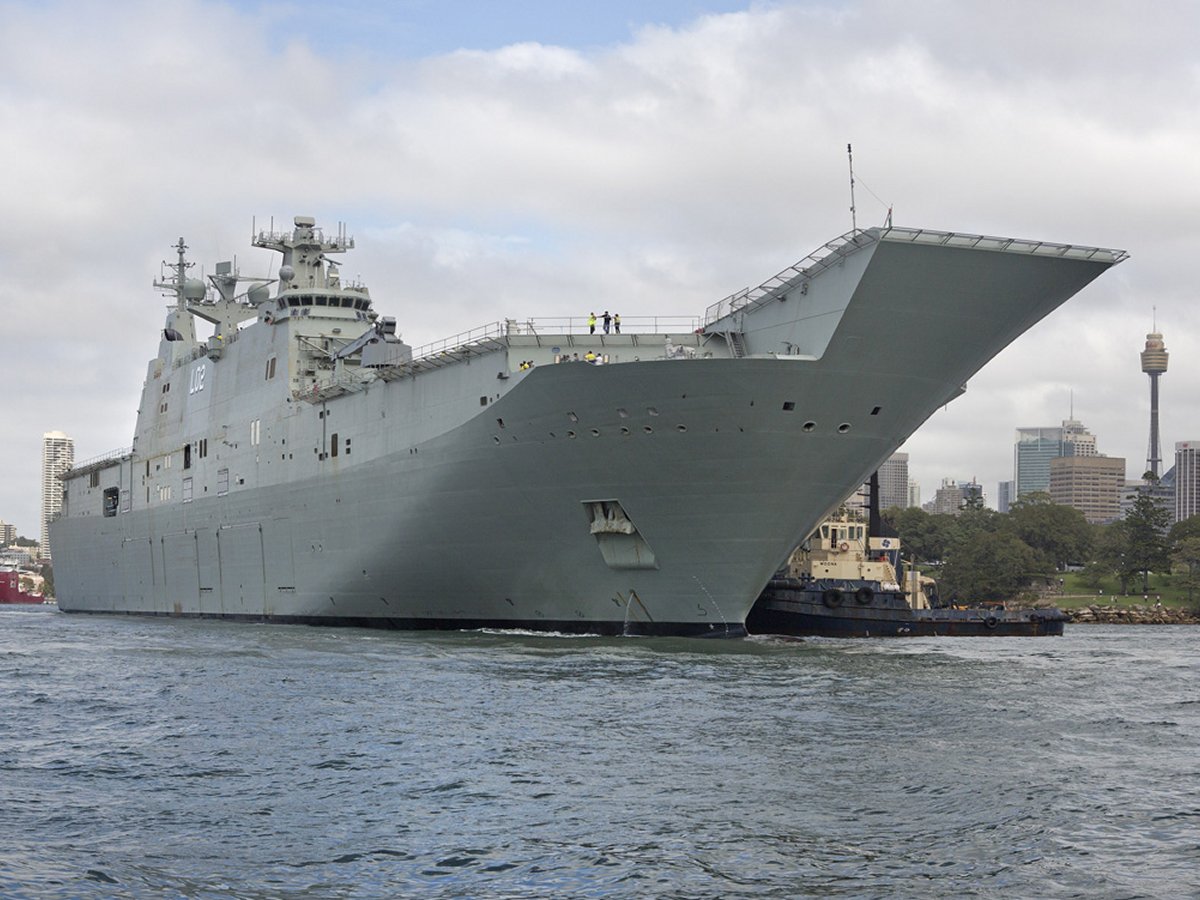 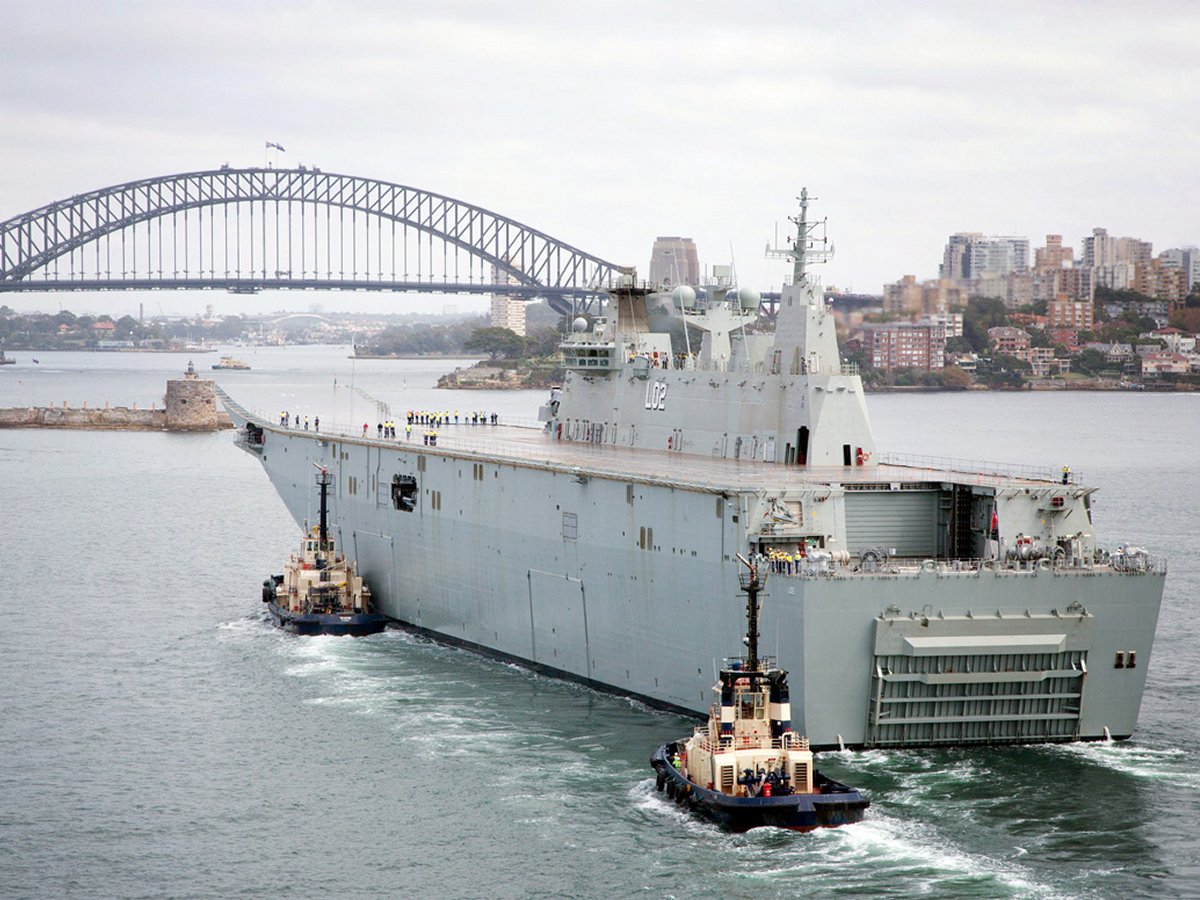      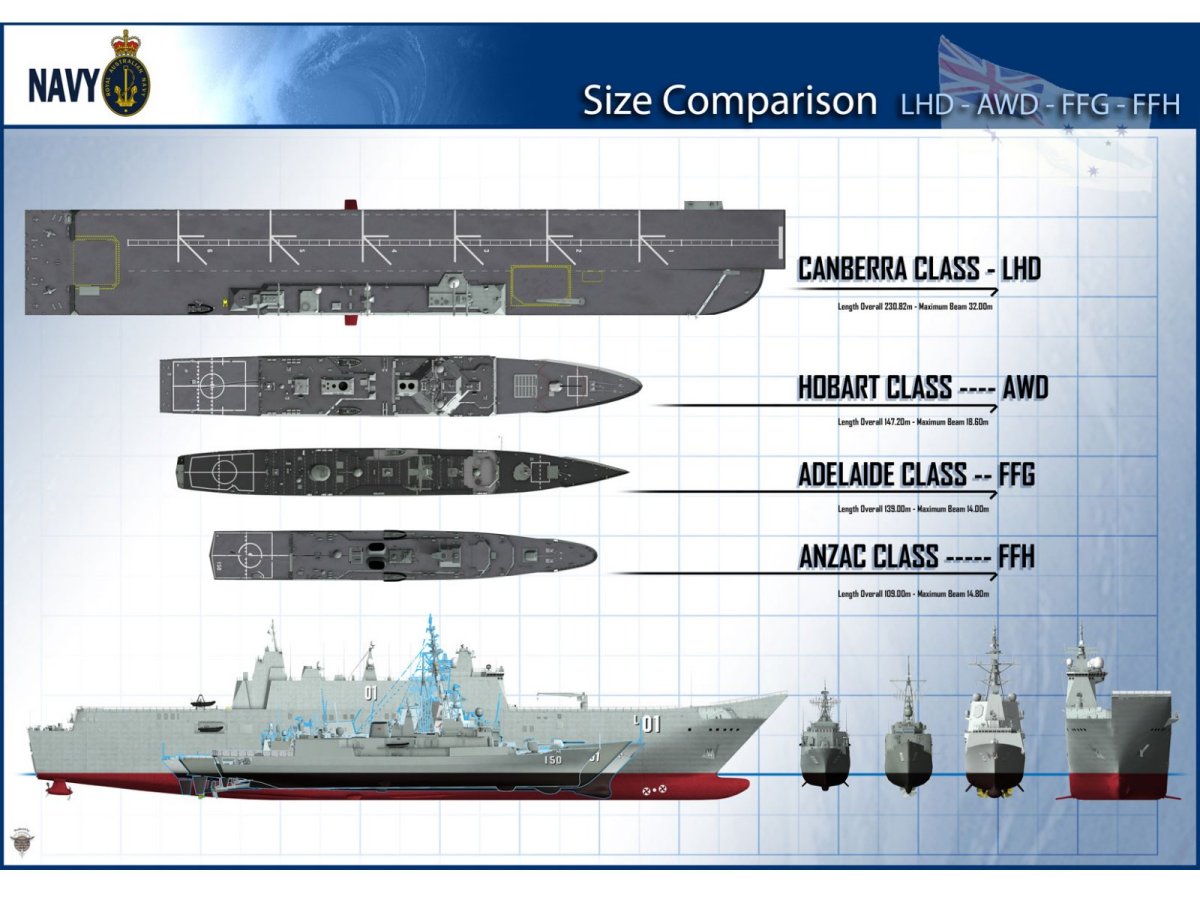 Landing Craft Operations for the Canberra Class 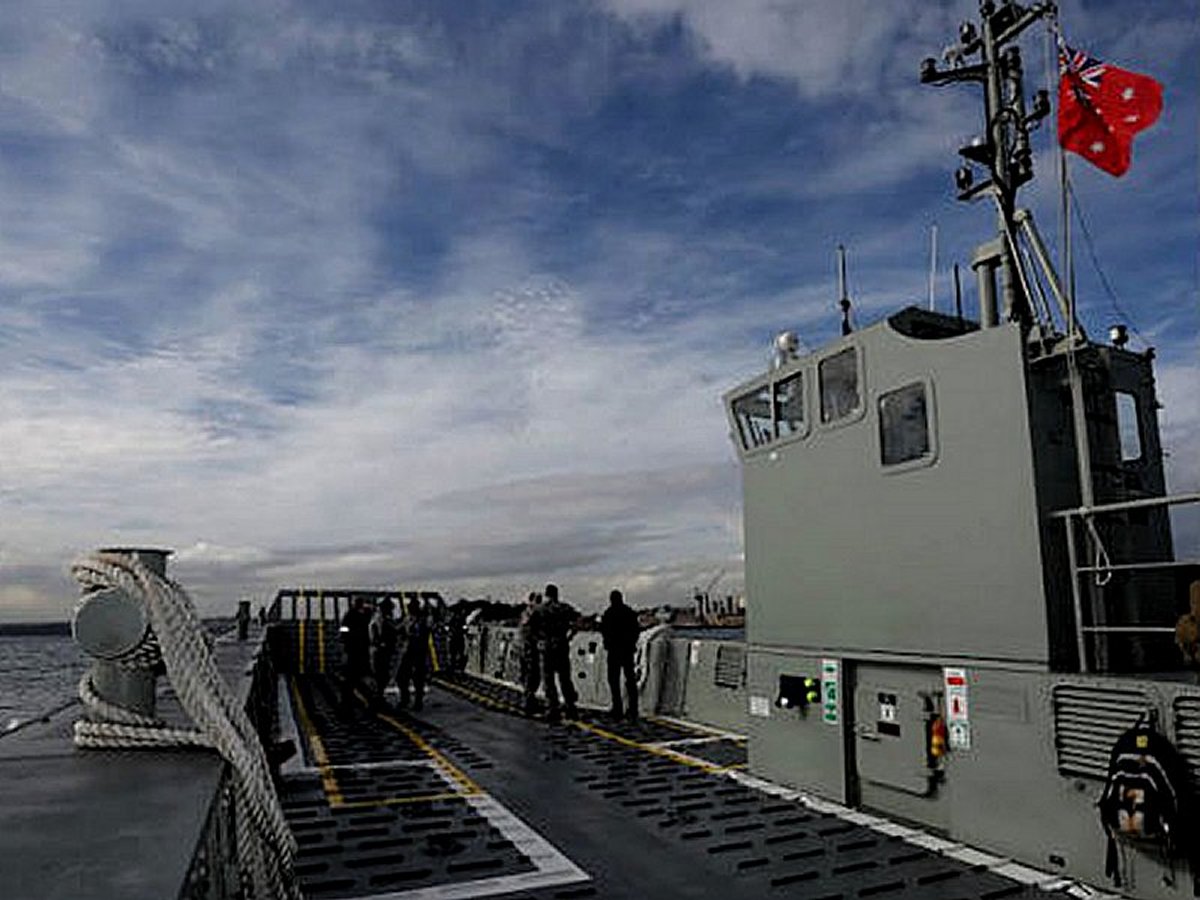 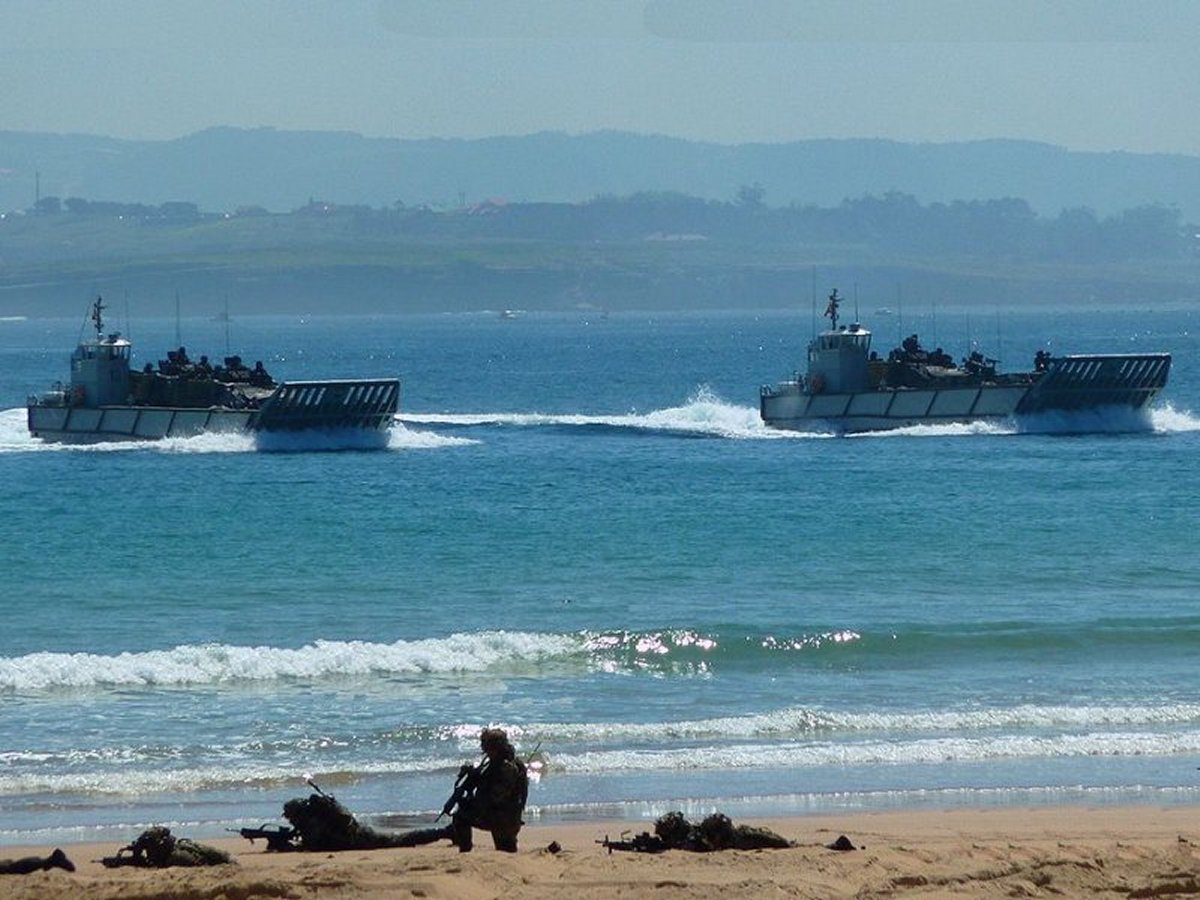   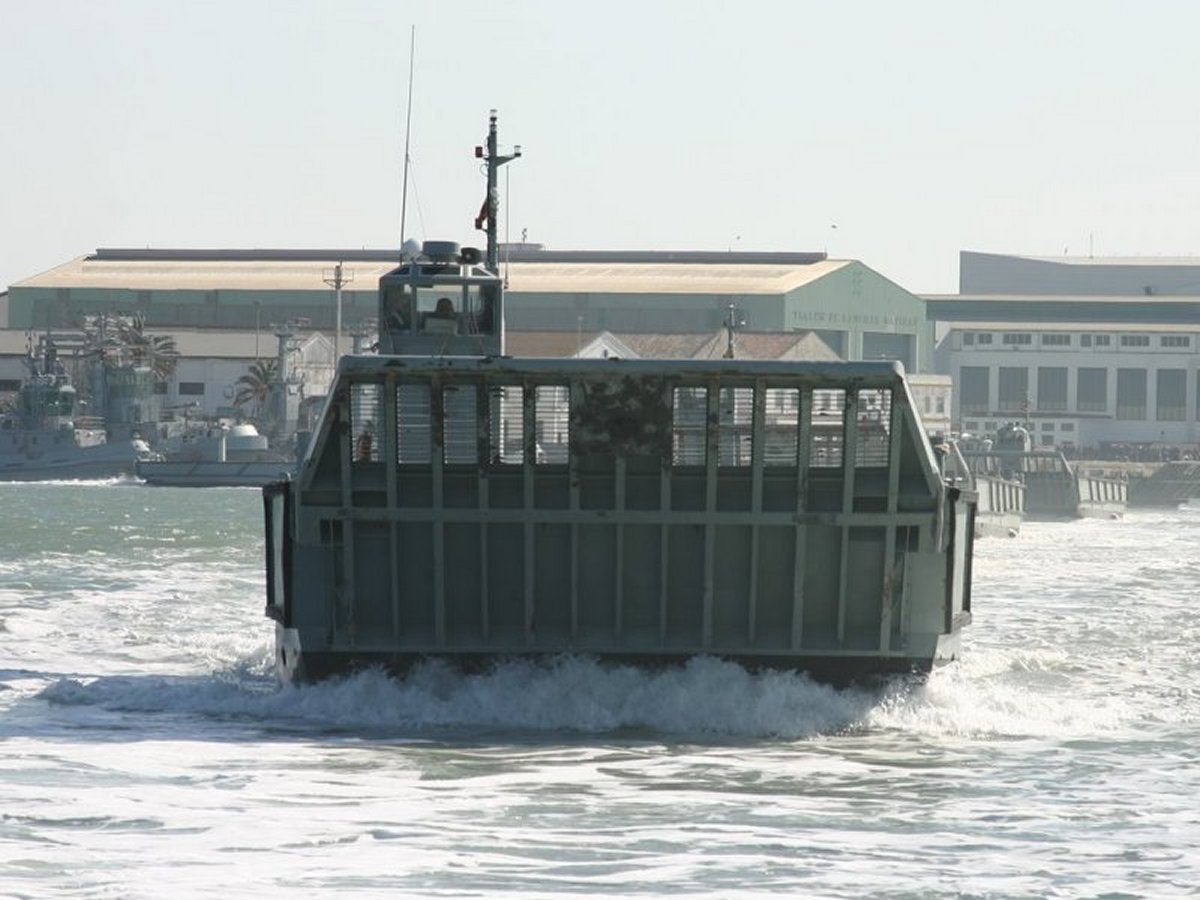  Two Videos of the Island Lift onto the Canberra |
 |
View Guestbook | LINKS OF INTEREST | Sign Guestbook |
 |
Copyright © 2005-2014 by Jeff Head |
JEFFHEAD.COM Hit Counter
World-wide Aircraft Carrier Hit Counter
